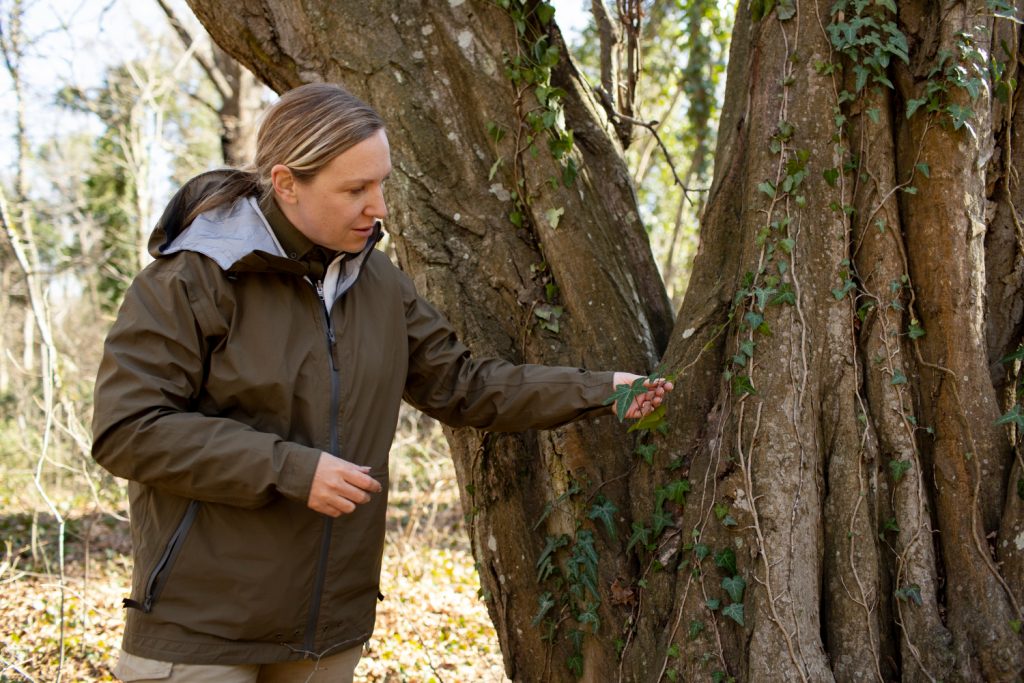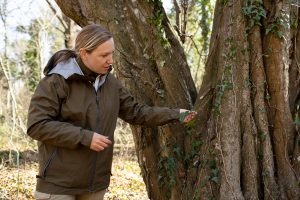When you think about caring for trees, the idea of a “tree survey” might not be the first thing that comes to mind. However, these surveys play an important role in ensuring the safety and well-being of both trees and property, especially in places like Florida where storm seasons can be intense. The purpose of a tree survey is to examine trees closely and identify various hazards that might not be noticeable at a casual glance. Understanding these dangers before the storm winds hit can save property owners a lot of trouble and expense.
Florida’s weather is notorious for its intensity, and strong storms can turn unnoticed tree issues into significant threats. Consider a tree with weakened roots: without proper care, it might topple over during a hurricane, leading to potential damage. By identifying such risks ahead of time through a tree survey, property owners can take corrective actions. It’s a preventative measure that goes a long way in maintaining both safety and peace of mind. Curious about what else a tree survey uncovers? Let’s delve deeper into this essential topic.
What Is a Tree Survey?
A tree survey is more than just a checklist; it is an in-depth assessment of all the trees on a property. Surveyors inspect each tree visually, noting details about its health, structure, and any apparent risks. The survey provides a comprehensive view of tree health and potential hazards that might not be visible to the untrained eye.
Conducting such a survey typically involves a series of steps:
– Visual Inspection: Initially, surveyors walk through the property, examining tree species, size, and condition. They look out for structural defects or other unusual signs.
– Data Collection: Measurements are taken, including the tree’s diameter, height, age, and canopy spread. These details help in assessing the tree’s value and potential growth.
– Risk Assessment: Structural weaknesses, such as cracks or leaning, are noted along with environmental factors like soil conditions that could impact the tree’s stability.
Tree surveys also involve documenting the location of each tree. Mapping their positions helps in planning development or landscaping tasks while minimizing potential harm to tree roots and structures. It’s an organized approach to understanding which trees are thriving and which require attention. By integrating this practice, homeowners can safeguard their property and ensure their landscape remains a healthy and beautiful asset.
Common Hazards Identified in Tree Surveys
Tree surveys are essential for spotting hazards that can lead to significant problems if left unchecked. One of the primary concerns is structural weaknesses. Trees can have cracks or splits that may not be obvious to the average onlooker but are critical in predicting how the tree might behave in strong winds. A healthy-looking tree might have internal decay, making it prone to snapping if the conditions are right.
Dead or decaying branches are another common issue found during surveys. These branches are likely to fall during storms, posing a danger to anything below, such as cars, homes, or even people. Surveyors are trained to identify these risks and suggest preventive actions to avoid accidents.
In addition to branches, the root system is a vital part of the tree’s stability. Issues here aren’t always easy to spot, but they can have serious implications. Unstable roots may cause a tree to fall, even if it appears healthy above ground. Poor root health is often due to compacted soil, improper planting, or damage from construction. By addressing these issues early, the risk of trees toppling during a storm is significantly reduced.
Benefits of Conducting Tree Surveys Before Storm Season
Conducting tree surveys proactively, especially before the storm season in Florida, offers several benefits. First, it’s a smart way to prevent property damage. By identifying and addressing potential hazards, like weak branches or compromised roots, homeowners can avoid costly repairs that come from falling trees or branches during storms. Safety is another significant advantage. Ensuring trees are in good condition means there’s a lower chance of them causing harm to people nearby, whether they’re walking by or inside a structure that could be impacted by falling debris.
Legal and liability considerations are equally important. If a tree that you own causes damage to a neighbor’s property due to neglect, you might face legal repercussions. Regular tree surveys demonstrate responsibility and due diligence, potentially protecting you from liability.
There’s also the health of your landscape to consider. Preserving healthy trees by taking action on those that are at risk sustains the overall beauty and integrity of your property. Healthy landscapes not only enhance the aesthetic appeal but can also increase property value. In Florida’s vibrant environment, keeping your trees healthy and safe through consistent surveys is a wise investment in your home’s future.
Ready to ensure your property is safe and storm-ready? Connect with Will’s Service Group to schedule a tree survey today. Our professional team is here to help you maintain a secure and beautiful landscape in Florida, offering peace of mind just in time for the storm season.



